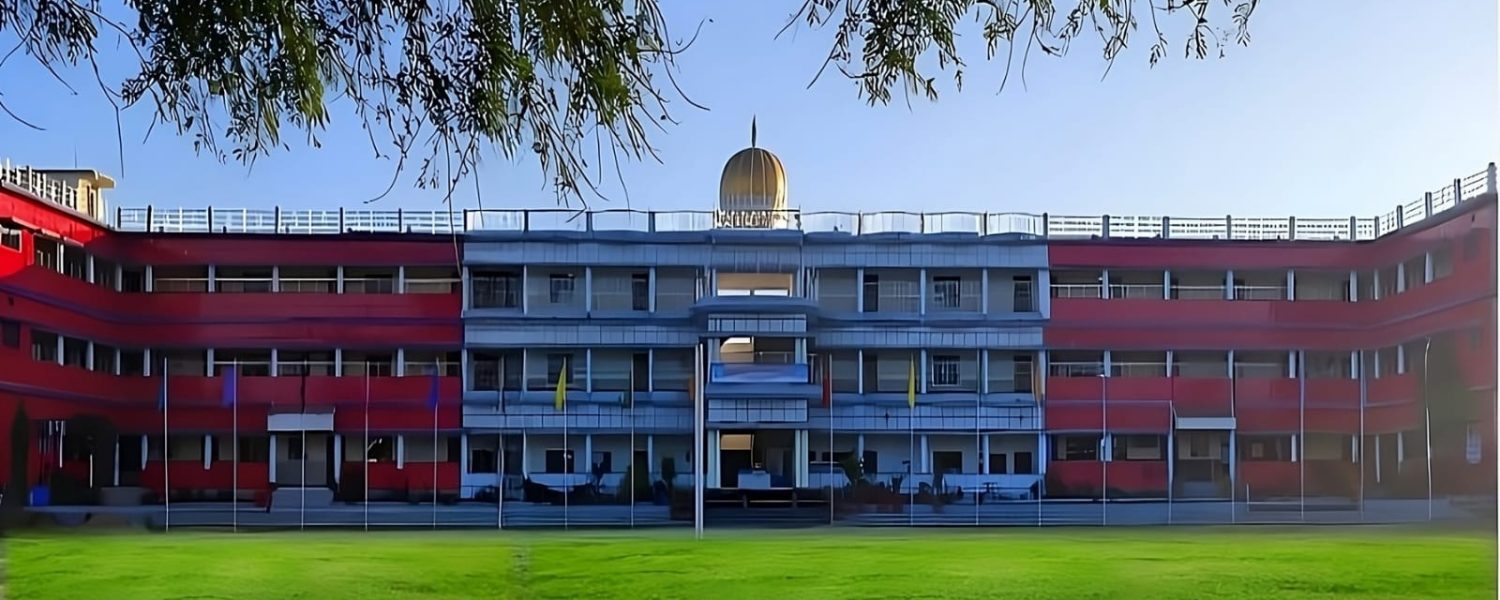
1. *Introduction*
– Purpose of the guidelines
– Overview of the school’s mission and values
– Expectations for behavior and learning
2. *Student Behavior*
– *Respectful Conduct*: Treating peers, staff, and the school property with respect.
– *Classroom Etiquette*: Listening attentively, raising hands to speak, participating actively, and maintaining focus.
– *Dress Code*: Outline appropriate attire for students.
– *Attendance Policy*: Importance of being present, punctual, and ready to learn. Procedures for excusing absences.
– *Disciplinary Actions*: Consequences for violations, from warnings to suspension or expulsion, depending on the severity.
3. *Safety Protocols*
– *Emergency Procedures*: Fire drills, lockdown drills, and evacuations.
– *Bullying Prevention*: Zero-tolerance policy for bullying and harassment. Reporting mechanisms.
– *Health and Hygiene*: Rules about handwashing, sickness reporting, and general cleanliness.
– *Digital Safety*: Guidelines for using technology responsibly, including appropriate online conduct.
4. *Academic Expectations*
– *Homework Policy*: Clear guidelines for the amount and submission of homework.
– *Grading System*: Explanation of grading scale, assessments, and feedback.
– *Academic Integrity*: Importance of honesty in work, including the prohibition of cheating and plagiarism.
5. *Parent and Teacher Communication*
– *Meetings*: Schedule and importance of parent-teacher conferences.
– *Progress Reports*: How and when grades and updates will be shared.
– *Feedback Channels*: Ways parents and students can communicate with teachers and school staff.
6. *Extracurricular Activities*
– *Clubs and Sports*: Rules for participation, behavior expectations, and schedules.
– *Student Leadership*: Opportunities for students to engage in leadership roles, like student councils.
7. *Technology Use*
– *Acceptable Use Policy*: Rules for using computers, tablets, and the internet at school.
– *Social Media Conduct*: Guidelines for appropriate online behavior, both inside and outside of school hours.
8. *Conflict Resolution*
– *Mediation and Support*: Procedures for resolving conflicts among students, or between students and staff, with the help of counselors or administrators.
9. *Facilities Use*
– *Library/Media Center*: Rules for borrowing books and using resources.
– *Cafeteria*: Expected behavior during meal times, cleanliness, and food policies.
– *Playgrounds/Gymnasium*: Safety and conduct during physical activities.
10. *Feedback and Suggestions*
– How students, teachers, and parents can provide suggestions or feedback to improve the school community.
These guidelines should be communicated clearly to all students, staff, and parents, and should be regularly reviewed to ensure they remain relevant and effective.
